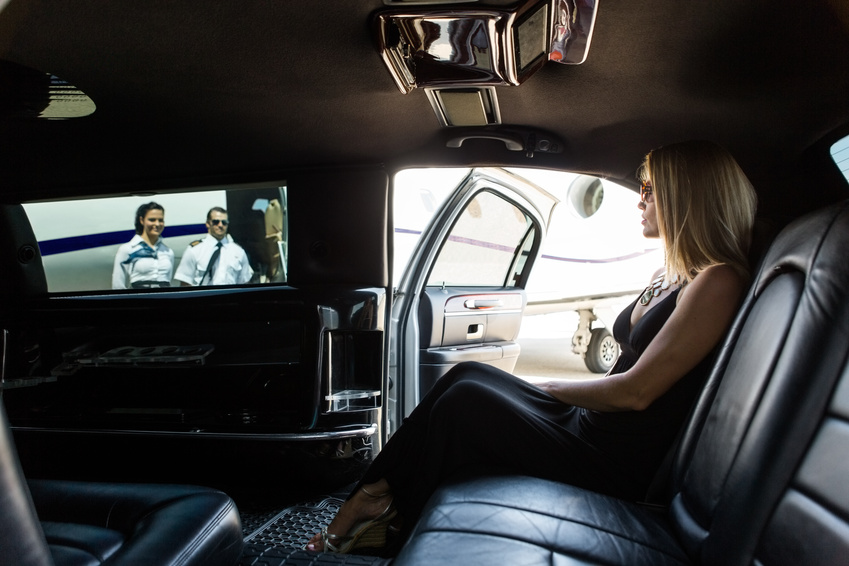Today, many expat entrepreneurs and digital nomads have followed a similar path and it has taken them to Southeast Asia. Not only do these entrepreneurial expats enjoy the low cost of living and freedom from U.S. income taxes, they make money selling a product or service within a global marketplace (or to American consumers back home ) over the Internet.
This strategy often includes the familiar 4 Hour Workweek model of outsourcing technical work to India, the Philippines or another less developed country. While this model is still possible, I’d suggest to those looking for something more ambitious (i.e., entrepreneurs that might have been attracted to Silicon Valley ten years ago), to consider doing business out of Southeast Asia.
Expanding into new markets with proven models
Peter Thiel, best known as a co-founder of PayPal, extolls the virtues of innovation over globalization in his autobiographical motivational book Zero to One. Thiel suggests that to create a great startup you need to create something completely new rather than copying an already existing concept. While this might be true in the United States, it’s certainly not true in Asia.
Several of the world’s newest unicorns (i.e., companies valued at over $1 billion) are Asian startups that simply copied existing American concepts. Examples of this are Flipkart (an Indian version of Amazon), valued at $15.2 billion, and Meituan (a Chinese version of Groupon), valued at over $18 billion.
Hedging entrepreneurial bets on ASEAN opportunity
While India and China have had their time in the spotlight, the part of Asia that has the brightest future is Southeast Asia. The reasons for starting a company in Southeast Asia are numerous.
The 10 member countries of ASEAN have a combined population of 620 million (almost twice that of the United States). According to global management consulting firm, McKinsey, “If ASEAN were a single country, it would already be the seventh-largest economy in the world, with a combined GDP of $2.4 trillion in 2013. It is projected to rank as the fourth-largest economy by 2050.”

In comparison, the EU has a population of 504 million, while China and India have populations of 1.3 and 1.2 billion respectively. The ASEAN economy is already larger than India’s is today and close to what China’s was ten years ago.
While China and the rest of the world’s growth is slowing down, the ASEAN countries are a lone bright spot. Indonesia, for example, has experienced 841% growth over the past decade and has 74 million members of the middle class today, yet is expected to double that number by 2020.
Forgo Silicon Valley, try Bali instead
There are five main reasons why anyone considering moving to Silicon Valley to launch a venture should instead move to Bali, Singapore or Saigon.
1. Diversity
Southeast Asia’s diversity is its strength, and gives it a unique advantage over India and China. It has the wealthiest and most advanced country in the world in Singapore; advanced, finance driven economies in Malaysia, Thailand and Singapore; export driven economies in the Philippines and Vietnam; and low cost commodity driven economies in Myanmar, Cambodia and Laos.
Singapore is now home to tech accelerators and a startup ecosystem that rivals any in the world, with venture funds specializing in everything from healthcare to fintech startups, and is a world class city in every metric.
Growing countries like Malaysia have many of the same positive attributes as Singapore while having further diversified economies. Combining the capital and technology of the advanced nations like Singapore with the labor and resources of developing nations like Myanmar, an economically unified Southeast Asia is an exciting place to start any type of business.
2. Low cost of doing business
Average manufacturing wages in Vietnam are still just $107 a month and in countries like Laos, they’re just $45 a month. The region has a large and growing labor pool, high birth rates and a relatively young population.

Other than Thailand and Singapore, every other ASEAN country has a median age under 30. Renting office space is also much cheaper in the region than in the west. Average prime office space rents per square meter are as low as $21 in the Philippines.
Malaysia and the Philippines have highly literate, English speaking workforces, which is not only useful for anyone launching a service-sector company, it also leads to opportunities in complementary industries.
3. Sound government finances
Unlike the U.S., where trillion dollar deficits are normal, most ASEAN countries have learned from economic crises of the past. Most public debt as a percentage of GDP in Southeast Asia is very low, so it should be able to handle any future recessions much better than the rest of the world (as it did in 2008).
4. Widespread tech usage
While Southeast Asia has long been a low-cost production center, it is now also a center for consumerism. Every single ASEAN country now has more mobile phone subscribers than actual people.
McKinsey & Company reports that “ASEAN consumers are increasingly moving online, with mobile penetration of 110 percent and Internet penetration of 25 percent across the region. Its member states make up the world’s second-largest community of Facebook users, behind only the United States.”
Vietnam, for example has 122.3 million mobile phone subscribers, while its population is 89.7 million. Jakarta, Indonesia’s capital city, accounts for an estimated 2.4 percent of Twitter’s worldwide traffic by itself.
E-commerce is still in its infancy in Southeast Asia compared with India, China, and the rest of the world, but it has potential for explosive growth due to Asians’ love for both shopping and technology.
5. Unicorns that have already done it
There are already several companies that have taken what works elsewhere and applied it to Southeast Asia. GrabTaxi, a Malaysian equivalent to Uber has $1.8 billion valuation. Traveloka, an Indonesian Kayak, has a valuation of $1 billion. Garena, Singaporean company that distributes Electronic Arts and Riot Games video games online, has a $2.5 billion valuation.
While these companies have already succeeded, tech is still a very nascent industry in this fast growing region. Anyone with the motivation to move here and take time to understand the culture will have a far greater chance at success than they might in the United States.
This article has been edited and condensed.
Andrew Henderson, the creator of Nomad Capitalist, helps people find the best places in the world to increase their wealth and freedom. Their team of experts have extensive professional experience in law, finance and international offshore strategies. Headquartered in Hong Kong, Nomad Capitalist operate out of three continents. Connect with @nomadcapitalist on Twitter.
© YFS Magazine. All Rights Reserved. Copying prohibited. All material is protected by U.S. and international copyright laws. Unauthorized reproduction or distribution of this material is prohibited. Sharing of this material under Attribution-NonCommercial-NoDerivatives 4.0 International terms, listed here, is permitted.






